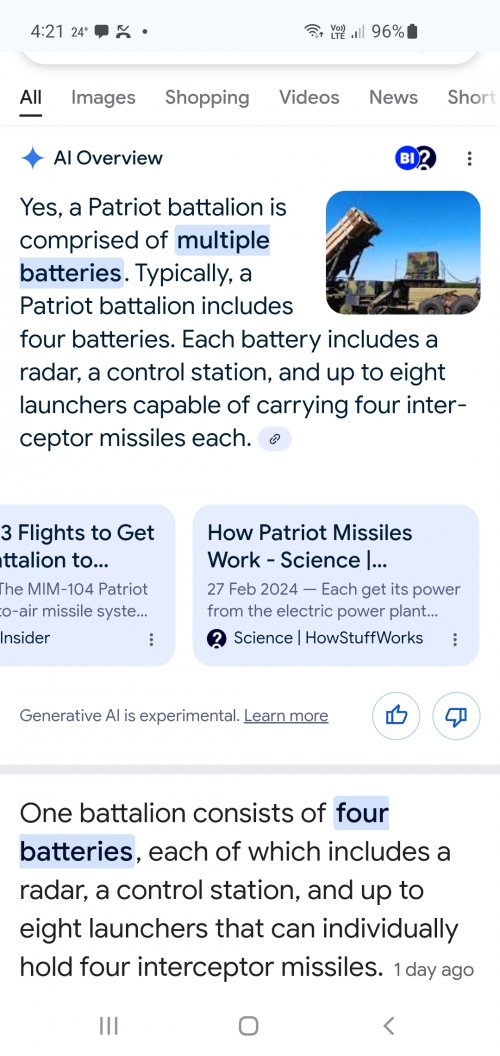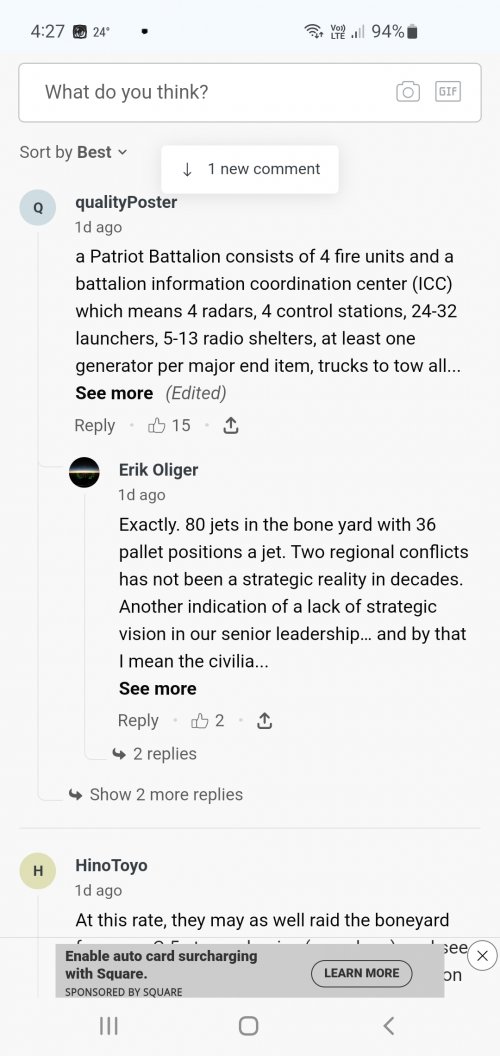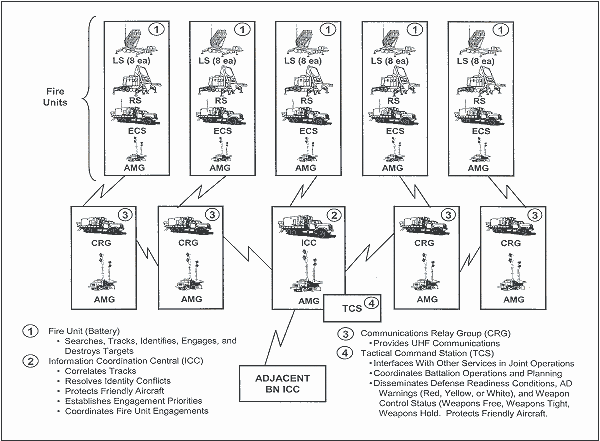The U.S. Army has officially approved a new air and missile defense sensor for low-rate production, marking a significant step toward replacing its aging Patriot system.
Known as the Lower Tier Air and Missile Defense Sensor (LTAMDS), the next-generation radar is a vital upgrade to the US Army’s Patriot system, specifically designed to counter the growing complexity of modern aerial threats.
Maj. Gen. Frank Lozano, program executive officer for missiles and space, recently said LTAMDS, “is a huge, significant capability. We anecdotally say it doubles legacy Patriot radar capability and not only does it double it, it provides you 360-degree capability.
”This milestone comes on the heels of the U.S. Army’s successful completion of a comprehensive flight test campaign, followed by the radar’s approval under the Department of Defense’s Major Capability Acquisition Milestone C.
In this video, Defense Updates analyzes how LTAMDS would provide big boost to Patriot Air Defense System ?
#defenseupdates #patriotmissile #LTAMDS




